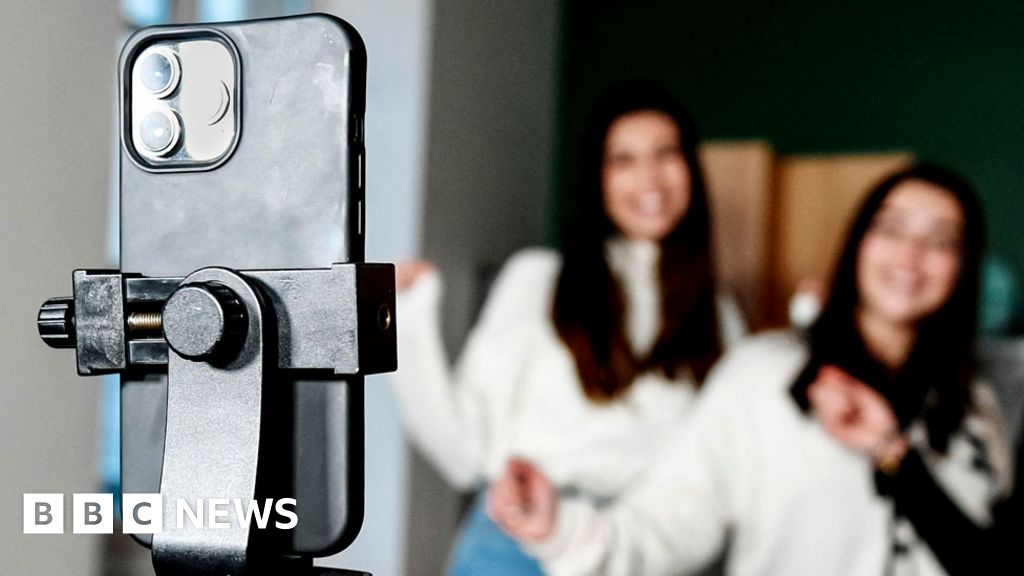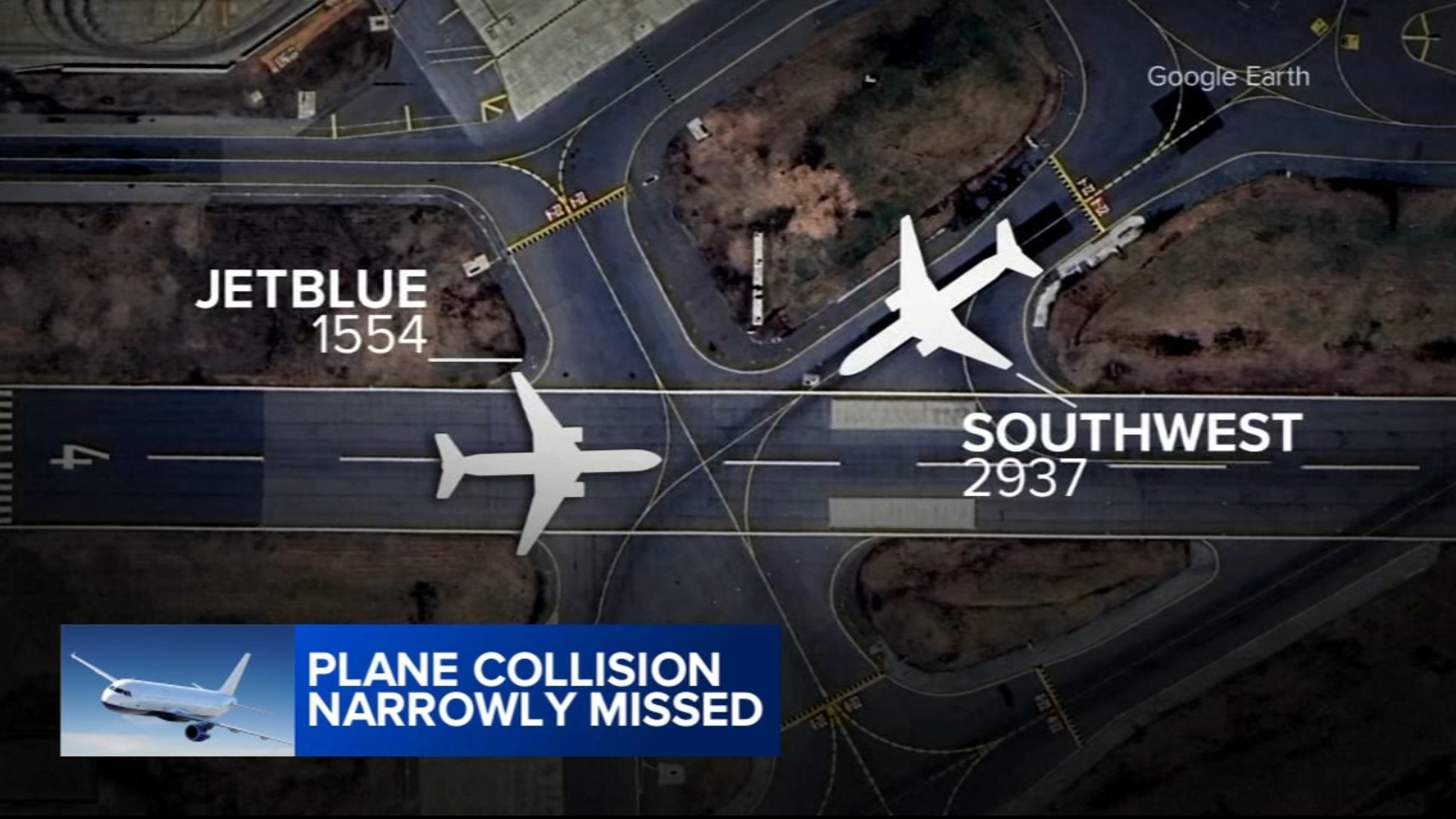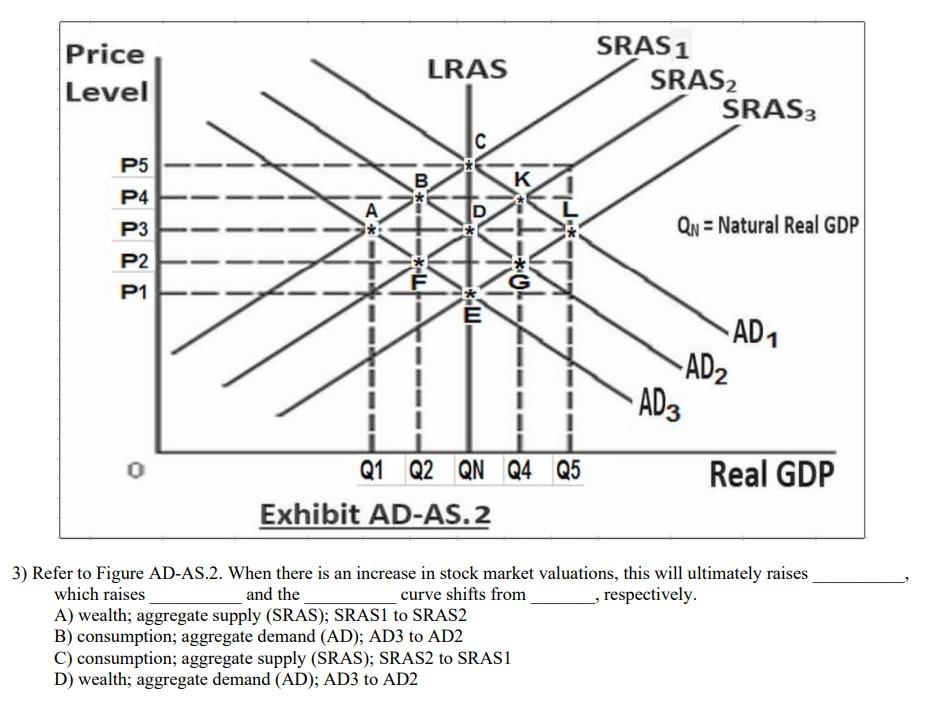ADHD Or TikTok Trends? Understanding The Difference

Table of Contents
Understanding ADHD Symptoms
ADHD is a neurodevelopmental disorder characterized by a persistent pattern of inattention, hyperactivity, and impulsivity. These symptoms significantly interfere with daily functioning across multiple settings.
Core Symptoms of ADHD
The Diagnostic and Statistical Manual of Mental Disorders, Fifth Edition (DSM-5), outlines three main symptom categories:
-
Inattention: Difficulty sustaining attention, making careless mistakes, struggling to follow instructions, being easily distracted, and appearing forgetful. Examples include:
- Frequently losing things necessary for tasks or activities (e.g., school materials, keys, wallet).
- Having difficulty organizing tasks and activities.
- Avoiding, disliking, or being reluctant to engage in tasks that require sustained mental effort (e.g., schoolwork, homework).
-
Hyperactivity: Excessive fidgeting, restlessness, running or climbing excessively (in children), or feeling internally restless. Examples include:
- Often fidgeting with hands or feet or squirming in their seat.
- Often leaving their seat in situations where remaining seated is expected.
- Often running about or climbing excessively in situations where it is inappropriate (in adolescents or adults, may be limited to subjective feelings of restlessness).
-
Impulsivity: Acting before thinking, interrupting conversations, difficulty waiting their turn. Examples include:
- Often blurting out answers before questions have been completed.
- Often having difficulty awaiting their turn (e.g., while waiting in line).
- Often interrupting or intruding on others (e.g., butting into conversations or games).
These symptoms significantly impact daily life, affecting school performance, work productivity, and relationships.
ADHD and its Manifestations
ADHD presents differently in individuals. The DSM-5 recognizes three subtypes:
- Predominantly Inattentive Presentation: Primarily characterized by inattention symptoms.
- Predominantly Hyperactive-Impulsive Presentation: Primarily characterized by hyperactivity and impulsivity symptoms.
- Combined Presentation: Characterized by both inattention and hyperactivity-impulsivity symptoms.
Symptoms can also change over time. What might manifest as hyperactivity in childhood could present as restlessness and difficulty focusing in adulthood.
The Role of Professional Diagnosis
It's crucial to remember that a proper ADHD diagnosis can only be made by a qualified professional, such as a psychiatrist or psychologist. Self-diagnosis based solely on online information is unreliable and potentially harmful. A comprehensive assessment involves a thorough evaluation of symptoms, history, and other factors.
TikTok Trends and Their Impact
TikTok's fast-paced, short-form video format presents a unique challenge to attention spans, regardless of ADHD diagnosis.
Short-Form Video Consumption and Attention Spans
The constant stream of new content on TikTok triggers the release of dopamine, a neurotransmitter associated with reward and pleasure. This reinforces the cycle of short-term gratification and can contribute to difficulties in sustaining attention, even in individuals without ADHD.
Impulsive Behavior and Social Media
TikTok encourages impulsive behaviors. The immediate gratification of likes, comments, and shares can reinforce impulsive actions, but this is different from the impulsive behavior seen in ADHD. ADHD impulsivity stems from an internal neurological process, whereas TikTok-related impulsivity is often driven by external rewards and social validation.
The Distraction Factor
The sheer volume and variety of content on TikTok make it incredibly easy to get distracted. While this is a common experience for many, the degree and impact of this distraction can differ significantly between individuals with and without ADHD. Someone with ADHD may experience a much more profound and debilitating level of distraction.
Key Differences Between ADHD and TikTok Behavior
While there are overlaps, several key differences distinguish ADHD from behaviors associated with TikTok use.
Consistency of Symptoms
ADHD symptoms are persistent and pervasive across various settings (home, school, work). TikTok-related behaviors are typically situational, largely confined to the app's usage.
Impact on Daily Functioning
ADHD significantly impairs daily functioning, impacting academic performance, work productivity, and relationships. While excessive TikTok use can certainly negatively affect productivity, it doesn't necessarily reflect a broader impairment in daily life as seen in ADHD.
Underlying Neurological Factors
ADHD has underlying neurological and biological components. TikTok behavior is primarily influenced by environmental factors and the app's design, leveraging dopamine release for engagement.
Conclusion
While some behaviors associated with ADHD might seem similar to patterns observed on TikTok, crucial differences exist. Understanding the persistent and pervasive nature of ADHD symptoms, their impact on daily functioning, and their underlying neurological basis is key to differentiating them from behaviors influenced by social media trends. A professional diagnosis is essential for accurate assessment.
Call to Action: If you suspect you or someone you know might have ADHD, seek professional help. Don't let the similarities between ADHD and TikTok trends delay you from seeking an accurate diagnosis and appropriate support for ADHD. Understanding the difference between ADHD and TikTok trends is the first step towards effective management and treatment.

Featured Posts
-
 New Details Emerge On Helicopter Plane Near Miss At Reagan Airport Pilot Negligence Investigated
Apr 29, 2025
New Details Emerge On Helicopter Plane Near Miss At Reagan Airport Pilot Negligence Investigated
Apr 29, 2025 -
 Stock Market Valuations Bof As Reassuring Take For Investors
Apr 29, 2025
Stock Market Valuations Bof As Reassuring Take For Investors
Apr 29, 2025 -
 Breaking News British Paralympian Missing In Las Vegas
Apr 29, 2025
Breaking News British Paralympian Missing In Las Vegas
Apr 29, 2025 -
 Cardinal Maintains Entitlement To Vote In Next Papal Election
Apr 29, 2025
Cardinal Maintains Entitlement To Vote In Next Papal Election
Apr 29, 2025 -
 Ariana Grande Cynthia Erivo Join Jeff Goldblum On Upcoming Jazz Release
Apr 29, 2025
Ariana Grande Cynthia Erivo Join Jeff Goldblum On Upcoming Jazz Release
Apr 29, 2025
Latest Posts
-
 Amanda Owen New Plans New Chapter After Relationship End
Apr 30, 2025
Amanda Owen New Plans New Chapter After Relationship End
Apr 30, 2025 -
 The Future For Amanda Owen Following Her Divorce From Clive Owen
Apr 30, 2025
The Future For Amanda Owen Following Her Divorce From Clive Owen
Apr 30, 2025 -
 Amanda Owen Tears And Red Mist In Latest Dispute With Clive
Apr 30, 2025
Amanda Owen Tears And Red Mist In Latest Dispute With Clive
Apr 30, 2025 -
 Amanda Owens Post Divorce Life And Future Goals
Apr 30, 2025
Amanda Owens Post Divorce Life And Future Goals
Apr 30, 2025 -
 The Our Yorkshire Farm Show Reuben Owens Negative Experience
Apr 30, 2025
The Our Yorkshire Farm Show Reuben Owens Negative Experience
Apr 30, 2025
